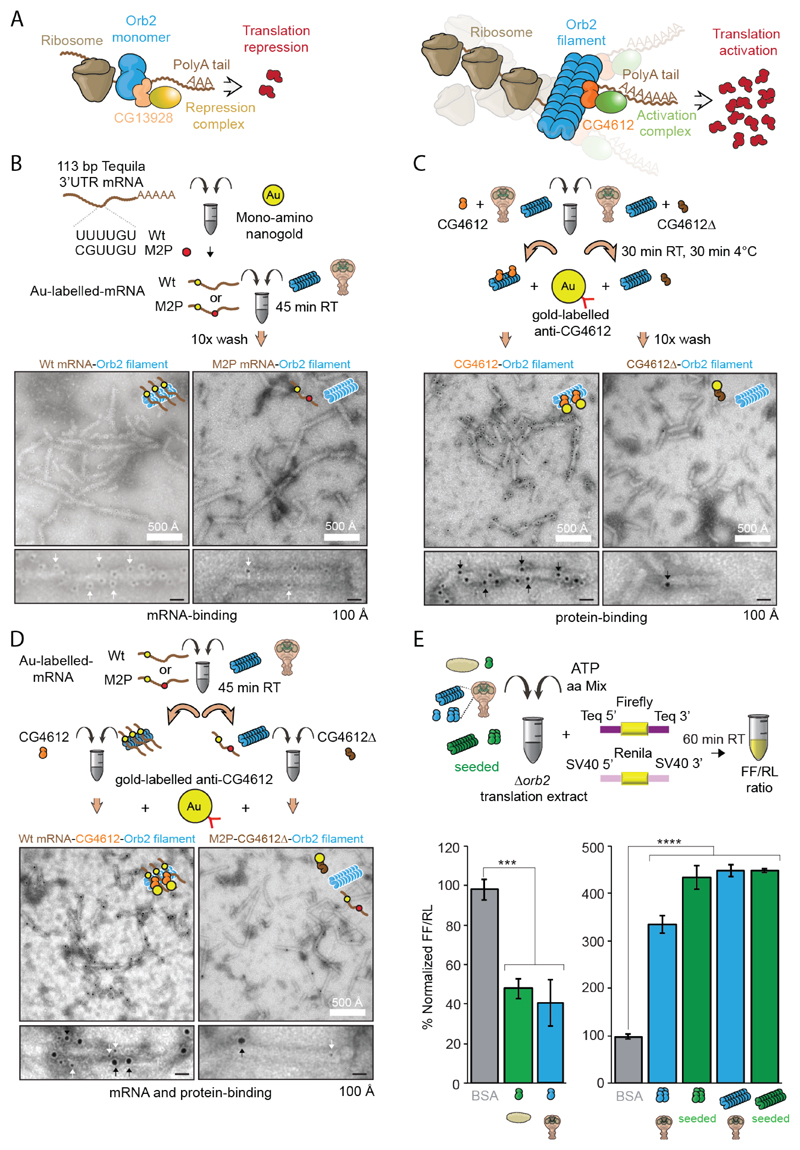Fig. 3. Biochemical activity of Orb2 monomer, oligomer and filament isolated from adult head.
(A) Schematic representation of the biochemical activity of Orb2. CG13928 binds to Orb2 monomer and recruit translation repression complex (indicated in yellow). CG4612 binds to aggregated Orb2 and recruit translation promoting complex (indicated in green). (B) Negative-stain EM of nanogold-labelled 3' UTR of Tequila mRNA bound to Orb2 filaments. Black dots indicated by white arrows are nanogold particle (~ 2nm) attached to target mRNA. (C) Immuno-EM of CG4612 bound to Orb2 filaments. Black dots indicated by black arrows are gold particles (~ 6nm) attached to CG4612 protein. (D) EM of Orb2 filaments bound to nanogold-labelled 3' UTR of Tequila mRNA and CG4612 protein. The larger gold particle (~ 6nm, black arrows) represents CG4612 protein and smaller gold particle (~2nm, white arrows) represents the mRNA. (E) Translation of Orb2-target mRNA in presence of different Orb2 species, obtained from embryo, adult fly head or seeding reaction. Purified Orb2 monomer represses translation while Orb2 oligomer and filament enhances translation. BSA was used as a control. ***P = 0.0003, ****P < 0.0001; Student’s t-test; two tailed. Data are expressed as mean ± s.e.m.

